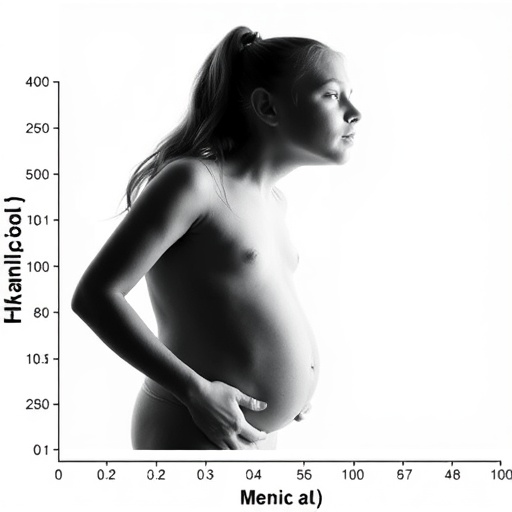
Credit: ACEP
WASHINGTON, D.C.–Emergency physician-led teams are on the frontlines of coronavirus treatment, prevention and response. JACEP Open, a new official open access journal of the American College of Emergency Physicians (ACEP), explores coronavirus (COVID-19) concerns in two new analyses. The first paper explores risk factors for transmission while the second outlines broad public health concerns amplified during an outbreak.
“The impact of coronavirus is significant but pales in comparison to global influenza,” said Dr. Matthew J. Fuller, MD, assistant professor and director of global health for the Division of Emergency Medicine, University of Utah and lead study author. “Lessons learned from past outbreaks are instructive while risk factors for transmission of coronavirus are still being assessed.”
There are more confirmed cases of coronavirus thus far, but SARS (sudden acute respiratory syndrome) and MERS (Middle East respiratory syndrome), which are in the same virus family, have higher fatality rates and bring on more severe illness. A three percent fatality rate has been reported for coronavirus, compared to 35 percent or 15 percent for SARS and MERS, respectively, according to “Novel Coronavirus 2019: Emergence and Implications for Emergency Care.”
Patients admitted to a Wuhan, China hospital with confirmed coronavirus had symptoms like fever (83 to 98 percent) or cough (76 to 82 percent) and roughly one-third had shortness of breath. About one-third of those patients required intensive care, mostly for oxygen support.
Patients at high risk for contracting the virus include anyone with flu-like symptoms who recently traveled to China or came into close contact with somebody who recently traveled to China. No risk is identifiable simply from passing by a person with a confirmed case of coronavirus. Transmission from a person who has an early stage of the virus but does not yet show symptoms has not been confirmed, according to the analysis.
Should that be proven possible, it would mean the novel coronavirus could be transmitted during the incubation period, like chicken pox or measles, the authors note.
Like other respiratory viruses, human-to-human transmission is thought to occur via droplets produced by cough or sneeze. It is believed that facial contact with contaminated surfaces (public water fountains, for example) could contribute to the spread, but that is less likely. The highest casualty rates are reported among elderly patients with multiple chronic conditions.
A second paper, “Coronavirus Disease 2019: International Public Health Considerations,” discusses economic and social risks posed by this outbreak and others.
“Misinformation can spread just like a virus, obscuring communication from the international health community to medical professionals and the public,” said Christopher J. Greene, MD, MPH, assistant professor of global health and international emergency medicine, University of Alabama Birmingham and lead study author. “Everyone would like to avoid a scenario where anxiety drives public behavior change.”
In the initial response to an outbreak, global resource concentration can shift away from routine care toward outbreak management. One estimate referenced in the analysis concluded that reductions in service cost more than 10,600 lives during the Ebola outbreak. Indirect costs to affected regions (tourism, commerce) can also be substantial, Dr. Greene notes.
“Effective public communication helps ensure compliance with quarantine directives or other instructions. It’s important for health professionals to break through the noise to encourage people, especially those potentially at risk, to take appropriate precautionary measures and heed the recommendations of health professionals,” said Dr. Greene.
###
JACEP Open is the official open access journal from the American College of Emergency Physicians (ACEP). JACEP Open delivers high-quality, peer-reviewed research in an open access format and joins Annals of Emergency Medicine as the leading sources of original research, case studies, clinical reports and perspectives dedicated specifically to emergency medicine and related topics.
Contact: Steve Arnoff | [email protected] | Twitter: @emergencydocs
Media Contact
Steve Arnoff
[email protected]
Original Source
https:/
Related Journal Article
http://dx.




